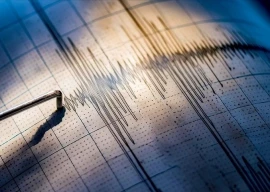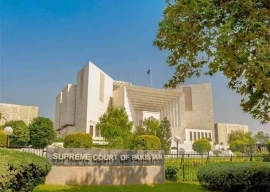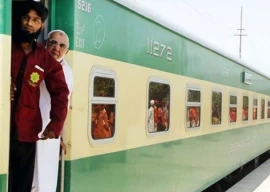
Thirty-one casualties were confirmed by police in the "Shangri-la" northeastern Indian state of Sikkim, the epicenter of Sunday night's quake. More deaths were reported in nearby Nepal and the Chinese region of Tibet.
Thick clouds prevented helicopters from flying over the affected areas and authorities said casualties could rise.
Thousands of soldiers helping rescue efforts may not reach many areas until Tuesday because high mountain passes are blocked.
"The situation doesn't look good." an official from the UN's disaster management team in New Delhi told Reuters. "My feeling is the death toll and number of injured are going to increase."
At least two died in Bihar state, south of Sikkim, while six died in the India state of West Bengal.
"People are still panicky," Pawan Thapa, a resident of Gangtok, capital of Sikkim, told Reuters by phone. "We spent the whole night outside our homes."
It has been raining for four straight days in parts of Sikkim and the temperature in the quake zone was about 8 degrees Celsius.
Shops, businesses and offices were closed in Gangtok and neighbouring areas, the resident said. Power was restored in the capital but other towns remained without electricity. Telephone communication was patchy.
For years a rarely visited Buddhist kingdom known for spectacular mountains and lakes, Sikkim joined India in 1975.
With 500,000 residents, it is the country's most sparsely populated state and borders Bhutan, Tibet and Nepal.
The state's economy has boomed in recent years as it opens up to tourism and cross border trade with China. Residents say landslides are a threat to hastily built new buildings in its mountain towns.
"Even if the number of casualties is low, there is likely to be a huge need for humanitarian assistance for affected civilians whose homes have been destroyed and who need food and shelter. The UN is taking this very seriously," said the UN official, who asked not to be named.
'Still panicky'
Outside India, at least seven people died in Nepal, three of them killed when a wall on the perimeter of the British Embassy in Kathmandu collapsed on to a car and a motorcycle. Seven were also reported dead in Tibet, China's state-run news agency Xinhua said.
Landslides and heavy rains were slowing the arrival by road of thousands of soldiers, rescue workers and medics trying to reach the worst affected areas in Sikkim. Many were on the road from the nearest airport to Sikkim, 100 km (60 miles) away.
"Let's pray that the weather gets better," said army spokesman Om Singh.
Army officers and border police stationed near the epicenter of the quake in the north of the state, which has a large military deployment close to the Chinese border, rescued at least 200 villagers.
Their patrols sent in radio reports of more casualties on Monday as they spread out on foot to isolated mountain villages.
Several thousand people fled damaged home to government shelters in Gangtok. More than 100 people were injured, while hundreds of tourists, mainly Indian, were stranded on the main road out of the state to West Bengal in the south.
The quake was felt all the way to New Delhi in India as well as to Bangladesh, shaking buildings. At least 10 people were injured and some buildings suffered minor damage.
Several earthquakes have hit north and east India this year, but none has caused major damage or injuries.
In 2001, a devastating earthquake in the western state of Gujarat killed at least 19,700 people and caused damage in neighbouring Pakistan.
COMMENTS (2)
Comments are moderated and generally will be posted if they are on-topic and not abusive.
For more information, please see our Comments FAQ

1732794167-0/barbie-(5)1732794167-0-165x106.webp)
1732520496-0/BeFunky-collage-(86)1732520496-0-165x106.webp)














@ Paras Now u do ok
I didn't knew Sikkim joined India in 1975!